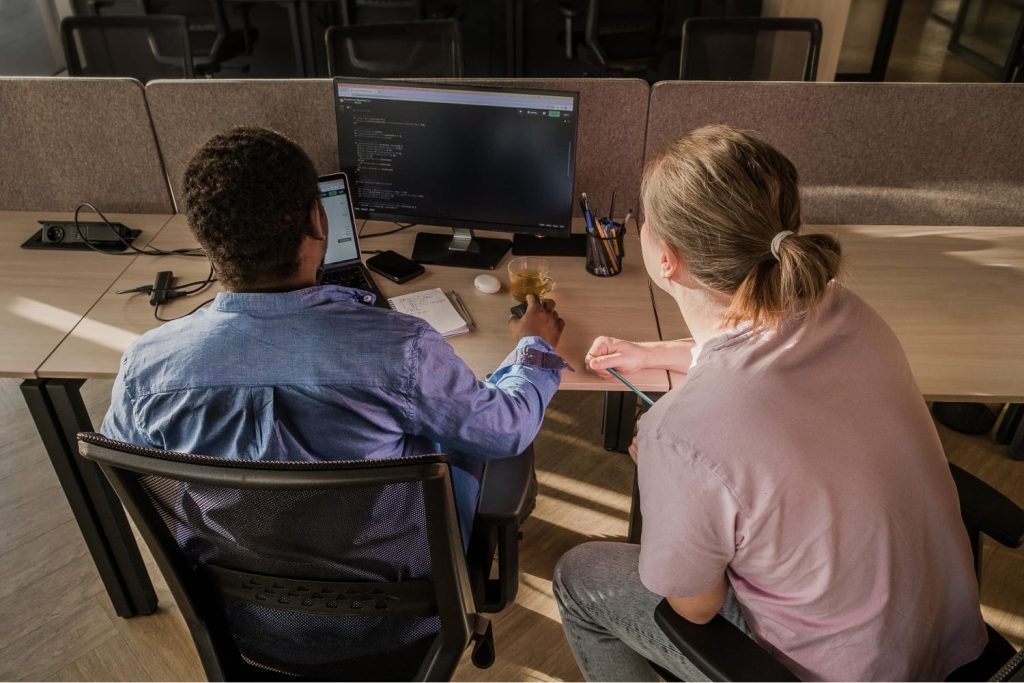Remember the days when childproofing meant simply installing safety gates at the top of the stairs or putting plastic caps on electrical outlets? Well, welcome to the digital age! Today, childproofing extends far beyond the physical world; it now includes the vast expanse of the Internet. Imagine the Internet as a big city. Would you let your child wander alone in a city full of strangers? No? Then why let them roam the Internet without proper guidance and safety measures? Let’s dive into how you can child-proof the Internet and create a secure online playground for your kids.


It’s like teaching your kids how to swim before letting them into the pool. The Internet is full of treasures and traps alike. From cyberbullying to inappropriate content, the digital realm has its share of dangers. Cyber Safety ensures that your kids can enjoy the benefits of the Internet while steering clear of its dark alleys.
These browsers are the digital equivalent of playgrounds with cushioned floors and padded walls. Along with Zoodles, KidzSearch, and KIDOZ, these browsers are built to prioritise child safety. They offer a host of educational games, videos, and other fun content. They filter out inappropriate advertisements and pop-ups, which we all know can be as annoying as flies at a picnic!
Besides the widely recognised KidRex, KIDOZ Search, and KidsSearch, there are also plugins that can be added to mainstream browsers to make them safer for kids. These search engines work by using algorithms that screen out content that is not suitable for children. They’re like digital librarians that guide kids toward the right shelf in the vast library of the Internet.
Internet filters are your front-line defense against the web’s unsavory elements. The likes of Net Nanny, Norton Family, and Trend Home Network Security (HNS) not only block inappropriate websites but can also filter out harmful YouTube videos or mature content in-app. Think of it as having a guard dog that barks when strangers approach your house.
Monitoring tools like mSpy, Hoverwatch, and Bark can record texts, capture screen shots, and even track location. While privacy is a concern, these tools are more about safety than spying. It’s similar to knowing your child’s whereabouts and companions when they go out; only this time, their location is in the digital world.
There’s a gold mine of educational content out there, if you know where to dig. Sites like Khan Academy offer free courses on a variety of subjects, while National Geographic Kids lets children explore the world from the comfort of your home. They’re the modern-day textbooks and encyclopedias, but way cooler and much more interactive.
Social media platforms are where kids want to hang out, but it can be the digital equivalent of a jungle. Predators, inappropriate content, and cyberbullying are real concerns. If you decide to allow your child on social media, make sure to adjust the privacy settings, and perhaps even keep their profile private. Think of it as teaching them to lock the front door when they are home alone.
Just like you wouldn’t hand over the car keys without a driving lesson, the same goes for Internet usage. Regularly chat with your kids about the sites they visit, the friends they make online, and the general behaviour expected of them. Open communication serves as the moral compass guiding them through the digital landscape.
Many parents underestimate the importance of cyber safety, thinking, “What could possibly happen?” This is akin to neglecting to give your child swimming lessons because you assume they’ll instinctively know how to float. Over-monitoring and ignoring warning signs are other pitfalls. Striking the right balance is key.
Avoid these pitfalls for effective Cyber Safety.
In addition to monitoring tools and filters, there are apps that help keep track of your child’s location, like Life360, or apps that control which other apps they can use, like Kids Place. The Parental Control App & Location Tracker even allows parents to block certain features of other apps. It’s like having a digital nanny that keeps an eye on your kids when you can’t.
The American Academy of Pediatrics suggests that children aged 2-5 should have no more than 1 to 2 hours of quality screen time per day. More than that can be like eating too much junk food—it fills you up but doesn’t nourish you. Balance screen time with physical activities and other forms of learning and interaction for a healthy digital diet.
Think of a Family Tech Agreement as your household’s constitution for digital conduct. It outlines the ‘dos’ and ‘don’ts’ of internet usage, just like road rules you’d follow while driving. Include clauses about how much screen time is allowed, which sites are off-limits, and what kind of information is okay to share online. Every family member should read and sign this document, making it a group commitment to cyber safety.
Safety settings are not a ‘set and forget’ feature; they’re more like seasonal clothes that need to be changed as the weather— or in this case, the digital landscape— shifts. New websites pop up daily, apps get updated, and potential new threats emerge. By regularly updating your safety settings, you’re like a gardener pulling out weeds before they overrun the entire garden.
As soon as they start using the Internet. The earlier, the better.
No system is foolproof. Parental controls are just one layer of defence.
They are generally safe but should be used in conjunction with other Cyber Safety measures.
At least every few months, or whenever there's a significant update in your child's tech usage.
There are numerous online resources, webinars, and courses available to help you understand the ever-evolving landscape of Cyber Safety.
Remember, when it comes to your child’s online safety, you can never be too cautious. Happy parenting!
We’ve gone through an extensive journey, mapping out various ways to ensure your child’s safe passage through the digital world. Remember, cyber safety isn’t a one-time setup but an ongoing process, much like keeping a house clean; you don’t do it once and forget about it. Keep the lines of communication open with your kids and stay updated on the latest in cyber safety. Because, just like you wouldn’t stop baby-proofing after your child takes their first steps, the quest for cyber safety continues as they grow and explore more of the online world.